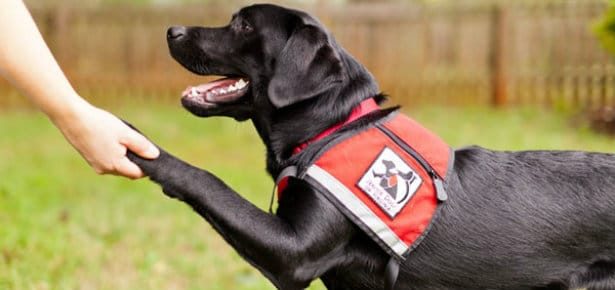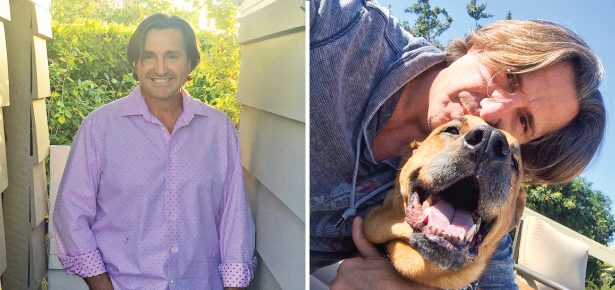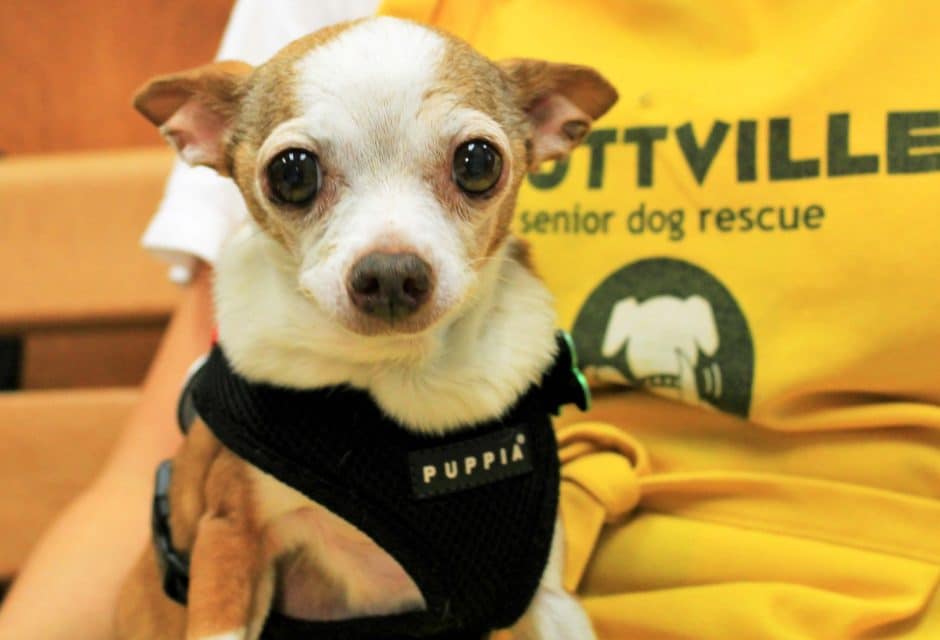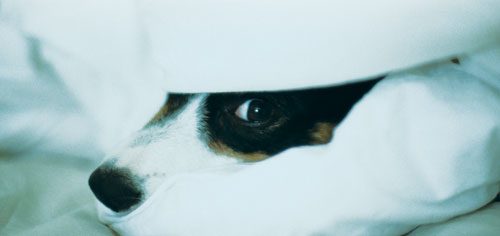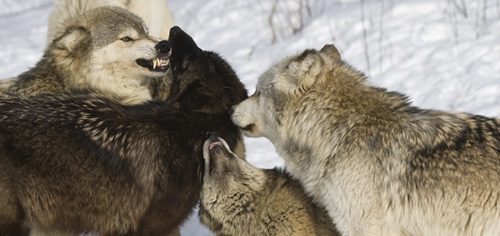
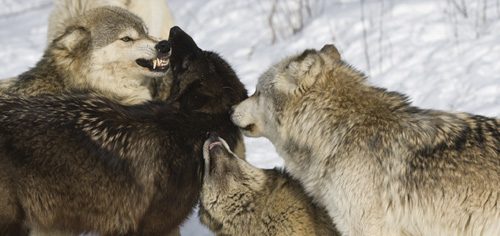
How Dogs Were Created
A deeper look into our pets' history
Because the domestication of dogs occurred so long ago during prehistoric times, many of our beliefs about people’s early relationships with dogs, wolves, and wild canines are sheer speculation. In some respects, we have not moved very far from the vision of the British writer Rudyard Kipling in 1912 when he offered his theory of the domestication of dogs in his Just So Stories. The story begins with the wild dog/wolf/jackal/coyote hanging around the home of the humans, looking at the food being cooked by the primitive human female, and feeling hungry.
“Then the Woman picked up a roasted mutton-bone and threw it to Wild Dog, and said, ‘Wild Thing out of the Wild Woods, taste and try.’ Wild Dog gnawed the bone, and it was more delicious than anything he had ever tasted, and he said, ‘O my Enemy and Wife of my Enemy, give me another.’
“The Woman said, ‘Wild Thing out of the Wild Woods, help my Man to hunt through the day and guard this Cave at night, and I will give you as many roast bones as you need.’”
This is still basically the most common view (minus the talking wild dog, of course) of how wolves became our dogs. The commonly believed idea is that some prehistoric human found some wolf pups, took them into her home, fed them and treated them as we treat and care for our pets, and the generations that followed became our domestic dogs.
However picturesque it may be, this idea is wrong. The problem is that wolves are genetically
wired to be suspicious and aggressive. A number of scientific studies have attempted to turn wolves into the equivalent of dogs by rearing
them from a young age in human homes, and treating them like pet dogs. The most recent of these was done by a team of researchers from Estovos University in Budapest. They took three-day-old wolf pups and home-reared them. They had no more success than many previous studies. The research had to be abandoned when the wolves were about 18 months old simply because these wolves had become too aggressive and were becoming a danger to humans and other pets.
So how do we create a domestic dog when our starting material is a wild wolf? Let’s go back to the beginning, and we will see that it was wild canines, like wolves, that started the process of creating the domestic dog.
The coming of the Ice Age was the turning point. Prehistoric humans had survived as nomads who hunted big plant-eating animals. This was necessary because the hunters’
primitive spears, clubs, and axes were not well-adapted to catching quick-moving small animals. Ultimately, the cooling climate reduced the vegetation that served as food for these large herbivores, their numbers diminished sharply, and many species became extinct.
Faced with the disappearance of large game, some groups of prehistoric humans began to try a new strategy. They formed home camps that were relatively fixed and permanent,
where the individual band members could actively share in various tasks, such as the gathering of available food from local plants—an activity that would eventually lead to agriculture. These fixed residential
areas led to the growth of garbage dumps around the outer limits of the village,
which naturally led to an infestation of opportunistic scavengers. While these included mice and rats, they also included wild canines, such as wolves and jackals, the ancient precursors of dogs.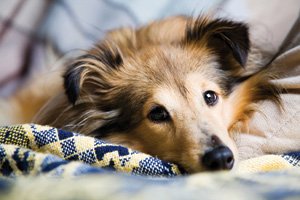
The wild canines were attracted to the garbage dumps around human campsites simply because of the bones, bits of skin, vegetables, and other scraps of leftover food that they found there. The ancestors of today’s dogs (being ever food-conscious) learned that, by hanging around man’s dwellings, they could grab a quick bite to eat now and then—without all the exertion
and danger involved in actual hunting. While primitive man may not have been very concerned with sanitation, rotting food stuff does smell bad, and also attracts insects that make humans uncomfortable. Thus it is likely that dogs were initially tolerated around the perimeter of the camps because they would dispose of the garbage and eliminate these nuisances.
Let us flash back now to our human settlement where the ancestors of dogs are pawing through the garbage heaps for food. Over time, these particular wolves have not only come to look at this area as their home range, but have, ultimately, become dependent on human refuse as their primary food source. Although they are tolerated because they remove waste material, any that appear to be a threat to the residents of the settlement
are killed or driven away. This culling
process alone starts to trigger some genetic changes in these wolves by eliminating
the most aggressive members of the pack from the pool of available breeders.
Wolves, like humans, have individual variations in personality. This means that, in the pack of garbage-eating canines, some animals are a bit less fearful and suspicious than others, and, living near humans, these have a definite advantage. Those who are less fearful don’t run away and try to hide at the approach of people, but rather watch warily while continuing to forage for food. This provides the less fearful canines with two benefits: first, they expend less energy than those who run, and, second, they have more time to feed and select the better,
more nutritious morsels.
Ultimately, these more sociable animals will be healthier, and will be more likely to have offspring. Research has shown that the personality traits of fearfulness and friendliness seem to be genetically determined
to a great degree. So the litters of the more socially-oriented wolves contain more pups that are comfortable around their human neighbours and are effectively tamer. Over successive generations, these settlement-dwelling wolves prosper and their numbers grow. Eventually, the tamest of them are comfortable openly foraging during the day.
The most sociable of the settlement-dwelling wolves have gained other advantages. Content in the presence of humans, they sleep nearer to the village and bear their puppies
close by. This affords their vulnerable puppies additional safety, since most of the large predators that are a threat to wolves try to avoid concentrations of humans. Wolves that are truly serene around humans find other additional benefits,
such as huddling against human residences
to obtain some of the heat leaking out during the cold months of winter. Over time, these small advantages add up and increase the survival chances of the most-sociable members of the group.
Notice that it is the wolves themselves who, in trying to adapt to their environment,
are genetically manipulating their own population. The simple geographical
separation between the more fearful wolves still living in the woods and the settlement-dwelling wolves makes it more likely that friendly and fearless animals will breed with other friendly and fearless animals.
Over a number of generations, the original,
wild-type wolves have changed. What I have been calling settlement-dwelling wolves are really animals
that have become genetically different from the original wild stock. The only human intervention might be actions to insure public safety that involve eliminating those now-rare individuals
that are genetic throwbacks and display wolfish aggressive personality.
After wolves reached this point genetically, the commonly
suggested theory of domesticating wolf pups that have been found near the settlement and taking them into the human’s homes begins to make sense. The traditional theory can now work because the starting point is no longer wild wolf pups, but rather puppies from this new species of settlement wolves, which are partially tamed already. Since the settlement wolves live in such close proximity to humans, when they whelp, their litters are more likely to be found by humans. Since they are not as fearful and wary as the wild stock, taming them doesn’t have to start at such an early age. If the pups can be adopted at an older age, the burden of early care is considerably
reduced. Because their personality no longer has the predisposition to fear and avoid humans, restraint and confinement is not needed and these adopted canines can more freely interact with humans. That fact alone makes the socialization process easier.
It is from this point on that human interventions
start to further shape the nature of dogs as we selectively mate animals that have desirable characteristics. It is likely that humans recognized what was happening
to the settlement-dwelling wolves and took advantage of the partially tamed, partially
domesticated canine because it looked as if this animal might prove to be useful.
But what use of the dog really stimulated
our effort to domesticate it? Once the wild canines that would eventually become dogs were attracted to human settlements, our ancestors noticed a value that went beyond garbage disposal. Early humans lived in dangerous times, with large animals around that looked at humans as potential prey. In addition, there were often other bands of humans with hostile intentions. Dogs hovering near the village looked on that settlement
as their territory, which meant that, whenever a stranger or some wild beast approached, they set up a loud clamour, alerting the residents in time to rally some form of defence if it were needed. Since the dogs were always vigilant, human guards did not need to be posted throughout
the night, thus allowing for more rest and a better lifestyle. It takes only a short mental leap to get from the concept of dogs guarding the edge of the village, to the idea of a watch dog for an individual’s home. The dog’s bark served the benign purpose of alerting the family to the arrival
of visitors (a sort of canine doorbell) and warned when potential thieves were approaching (a canine burglar alarm). This alerting function was clearly one of the main motivations for domesticating dogs in the first place.
Now here is where the first human genetic engineering comes into play. Once dogs were domesticated enough so that humans could handle them and control their breeding, we could start to tinker with and modify the species. Obviously, for personal and community security, the most effective dog is one with a loud, persistent bark. Thus, early humans began a selective breeding program to create such dogs. A dog that barked loudly was kept, nurtured, and bred with others that also barked. One that did not bark was simply disposed of as being useless. Thus the “barking genes” were strengthened in dogs to the degree that now one of the distinctions between wild canines and domestic dogs is the fact that our domestic dogs bark a lot, and wild dogs seldom do.
Later developments of dogs were much more conscious and deliberate. In some ways the genetically engineered dogs that later appeared often seem to be more like “inventions” rather than domesticated animals. These include dogs genetically modified to hunt, point, retrieve, pull sleds, track, and even provide empathic companionship. However, these newly invented dogs were elaborations that started with the sociable and nonaggressive
personality that dogs had developed on their own while pawing through the garbage heaps created by our human ancestors.
Join the newsletter and never miss out on dog content again!
"*" indicates required fields
By clicking the arrow, you agree to our web Terms of Use and Privacy & Cookie Policy. Easy unsubscribe links are provided in every email.
